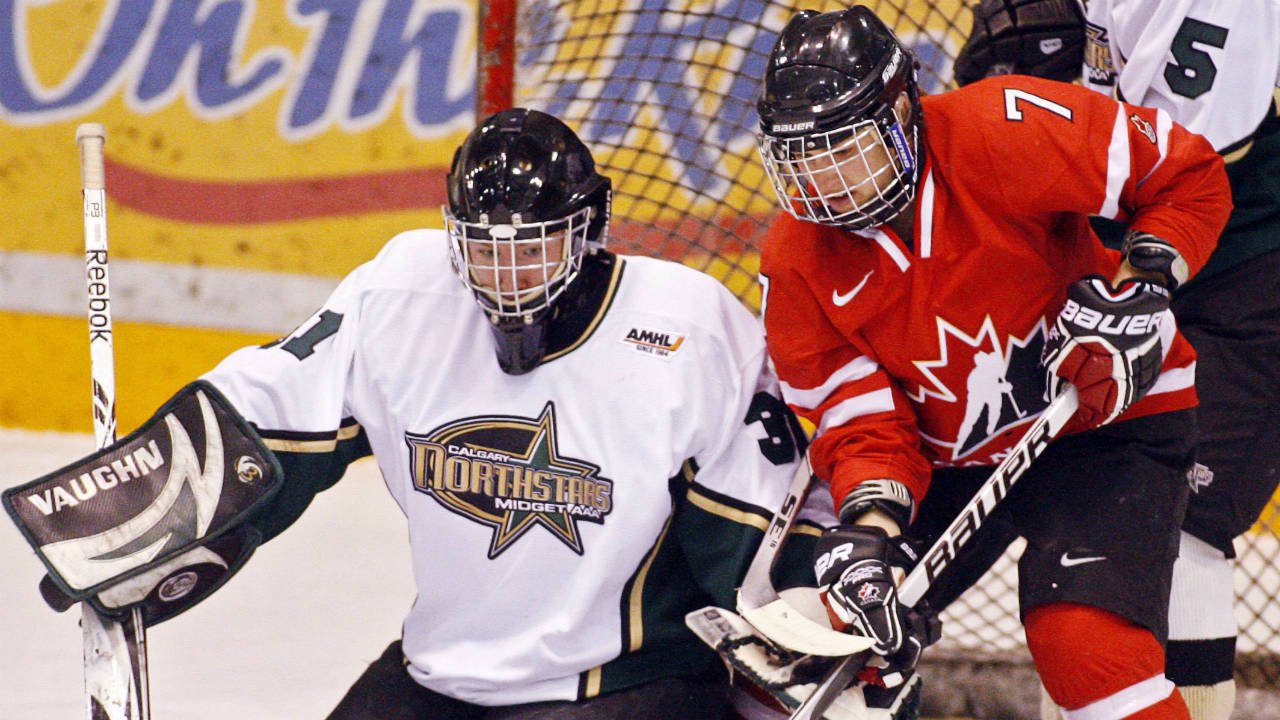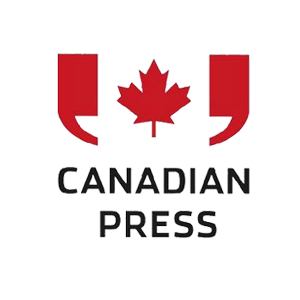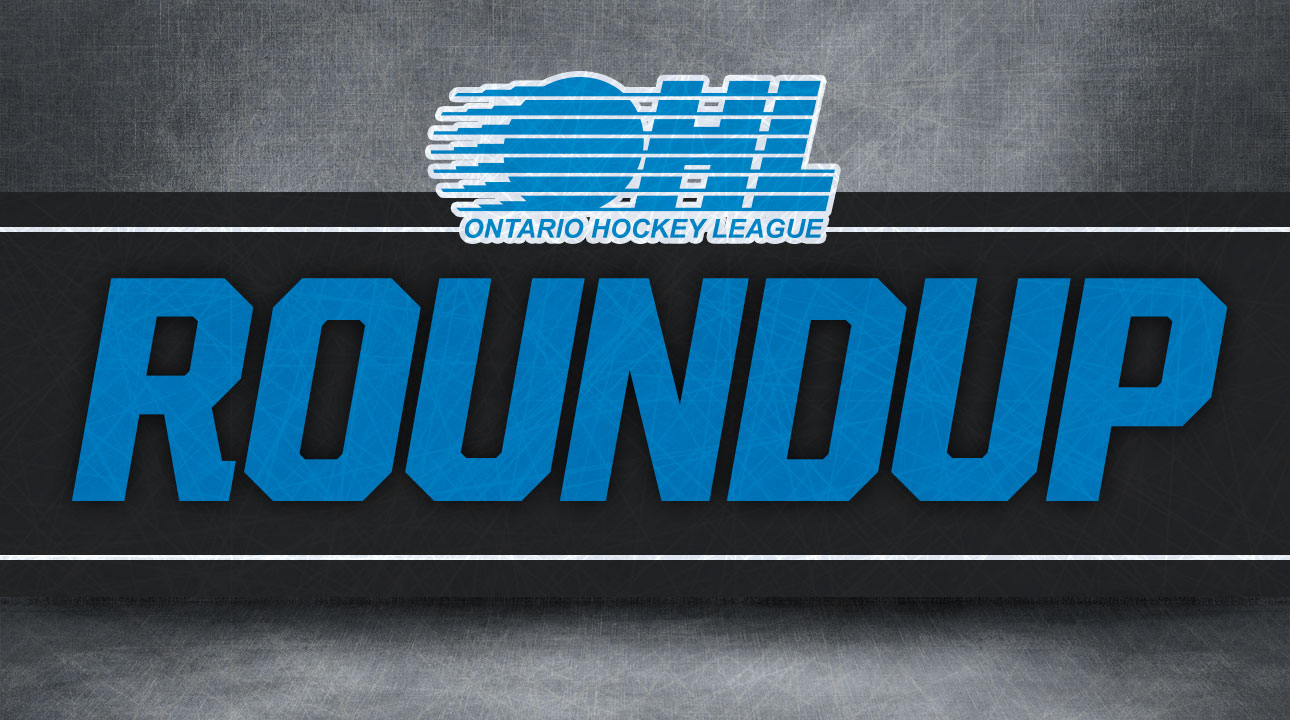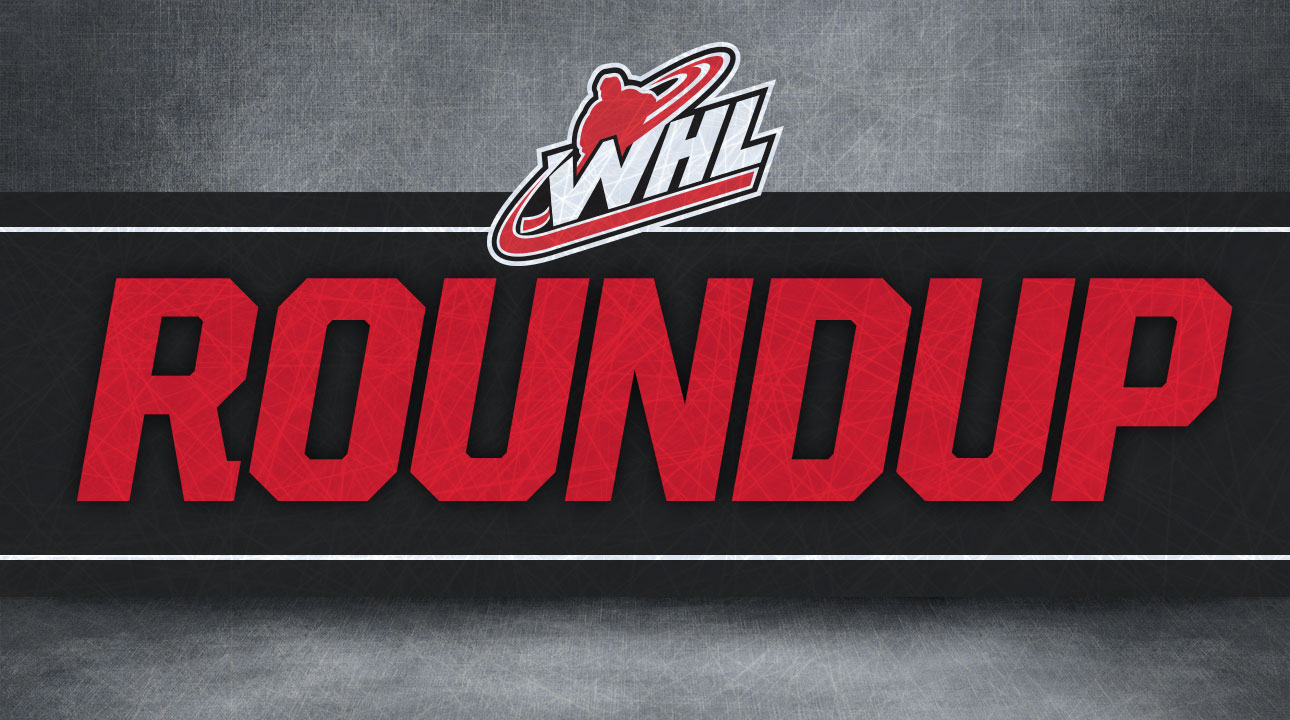Traditional youth hockey age group names — novice, peewee, atom, bantam and, most notably, midget — could soon be revised as at least one provincial hockey organization has kickstarted the process that could eventually create a countrywide adjustment in the sport.
At a meeting this week, BC Hockey’s board of directors discussed the topic of division names used by its minor hockey association members. The subject was raised in part due to other sport organizations moving to eliminate the term ‘midget,’ but also because a potential shift to age-specific categories (U15, U17, etc.) may prove to be an easier classification system, an association spokesman said.
"The BC Hockey board has directed staff to make recommendations for new names to be implemented within the BC Hockey membership (British Columbia and the Yukon)," BC Hockey CEO Barry Petrachenko said in an email to The Canadian Press. "These recommendations will also be brought forward for consideration to the Hockey Canada membership for implementation nationally.
"Work has begun on developing these recommendations and a decision by the BC Hockey board regarding this topic is expected in the new year."
Athletics Canada recently said it would pursue dropping the term "midget" as an age category descriptor, a move that came a few days after the Ontario Basketball Association stated its plans to do the same. The term has been used for decades in a variety of sports but many consider it to be a derogatory slur.
Allan Redford, the director of the Dwarf Athletic Association of Canada, applauded the recent developments and hopes others may follow suit.
"I’m actually wonderfully encouraged that they’re taking this approach and that it’s getting this much traction," Redford said Wednesday. "I’m very, very pleased."
Hockey Canada, the sport’s national governing body, has 13 members — essentially provincial/territorial or regional organizations — across the country. On a national level, any adjustments to age categories or divisions require a regulation change brought forward by a member or the Hockey Canada board.
That could happen at the next scheduled members’ meeting in May or at Hockey Canada’s annual congress next fall.
"What I would perceive based on the publicity associated with the terminology as we’re currently using, is that that would be an entirely likely situation, that it would come before our members and therefore our board," said Hockey Canada senior vice-president Glen McCurdie, who helps oversee safety and regulations.
In email replies, Hockey PEI and Hockey Quebec said they would be reviewing their category setups with their respective memberships. The Saskatchewan Hockey Association and Hockey Manitoba, meanwhile, said they do not have plans to put anything forward to Hockey Canada.
There was no immediate response from the other hockey organizations contacted via email by The Canadian Press.
The International Ice Hockey Federation currently uses age designators as does USA Hockey, which dropped the use of traditional terms for the 2016-17 season.
Hockey Canada classifies the midget category as players who are under 18 as of Dec. 31 of the current season. Bantam is for athletes under 15, with peewee, atom and novice used as classifications for younger players. Some organizations use descriptors like minor midget and major midget as well.
Sabres forward Jason Pominville, whose kids play minor hockey in the Buffalo area, said he hadn’t heard of potential changes until recently and had never considered a negative connotation with the hockey term.
"I wouldn’t even think about it that way," Pominville said after team practice Monday in Buffalo. "It’s been there for so long, and it hasn’t changed for so long … (but) it probably wouldn’t be a bad thing to switch it because of the circumstances."
The midget category is also used by some youth football organizations across Canada. While age descriptors are used at that sport’s national level, Football Canada executive director Shannon Donovan said the organization would be reviewing the subject with its board and provincial members.
Regina Scott of Guelph, Ont., who has a two-year-old son with dwarfism, helped make a change at her local youth basketball association after noticing the term on a banner at a mall earlier this month.
The association quickly took steps to make changes and the OBA got on board. Basketball Canada, which already uses age category descriptors, supported the moves.
Redford, who’s also president of the Little People of Ontario, said the word’s use as a slur originates from the oppression and exploitation of people with dwarfism in "freak shows" in the mid-1800s.
"The line is that it’s not about sensitivity, it’s not about being a snowflake, it’s about awareness, acceptance and respect," Redford said. "It comes right back to taking control over being and the right of self-identification."
[relatedlinks]







